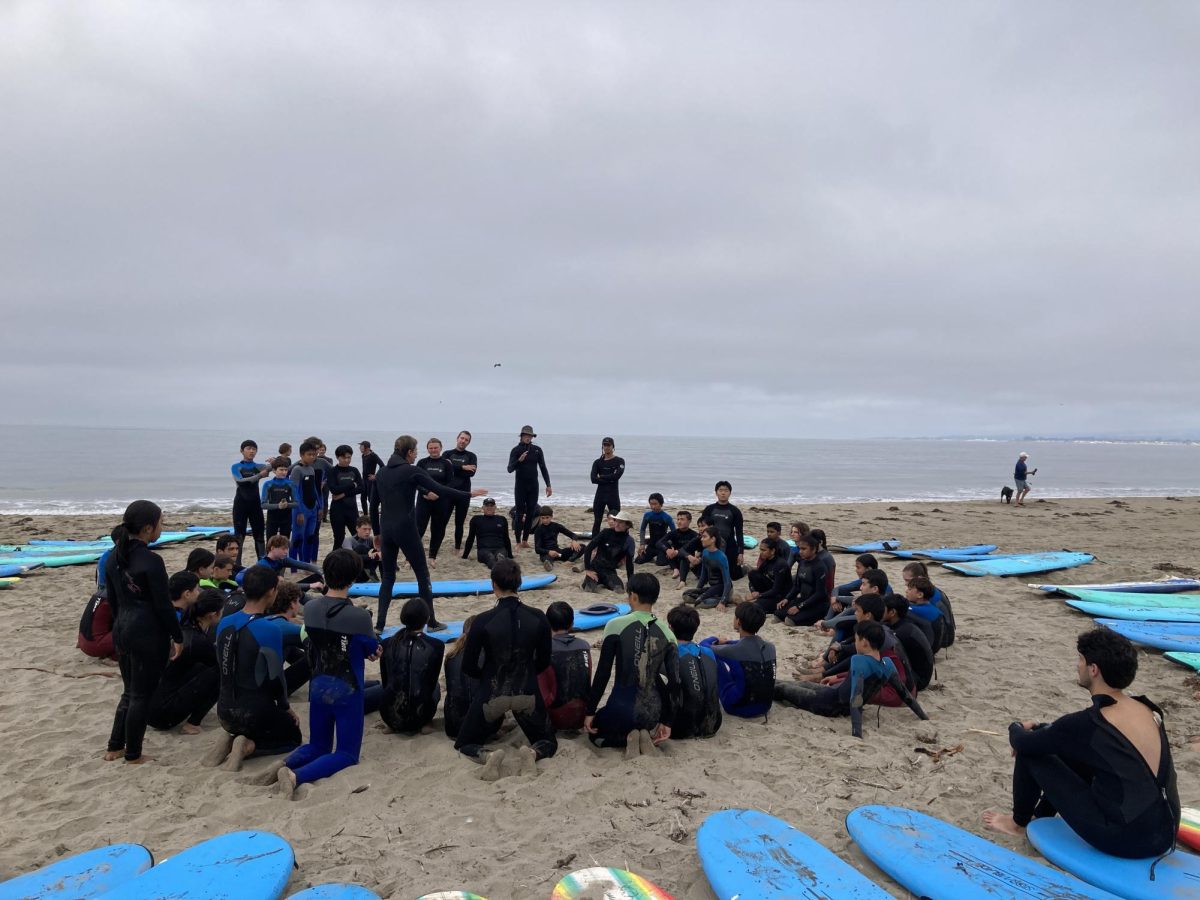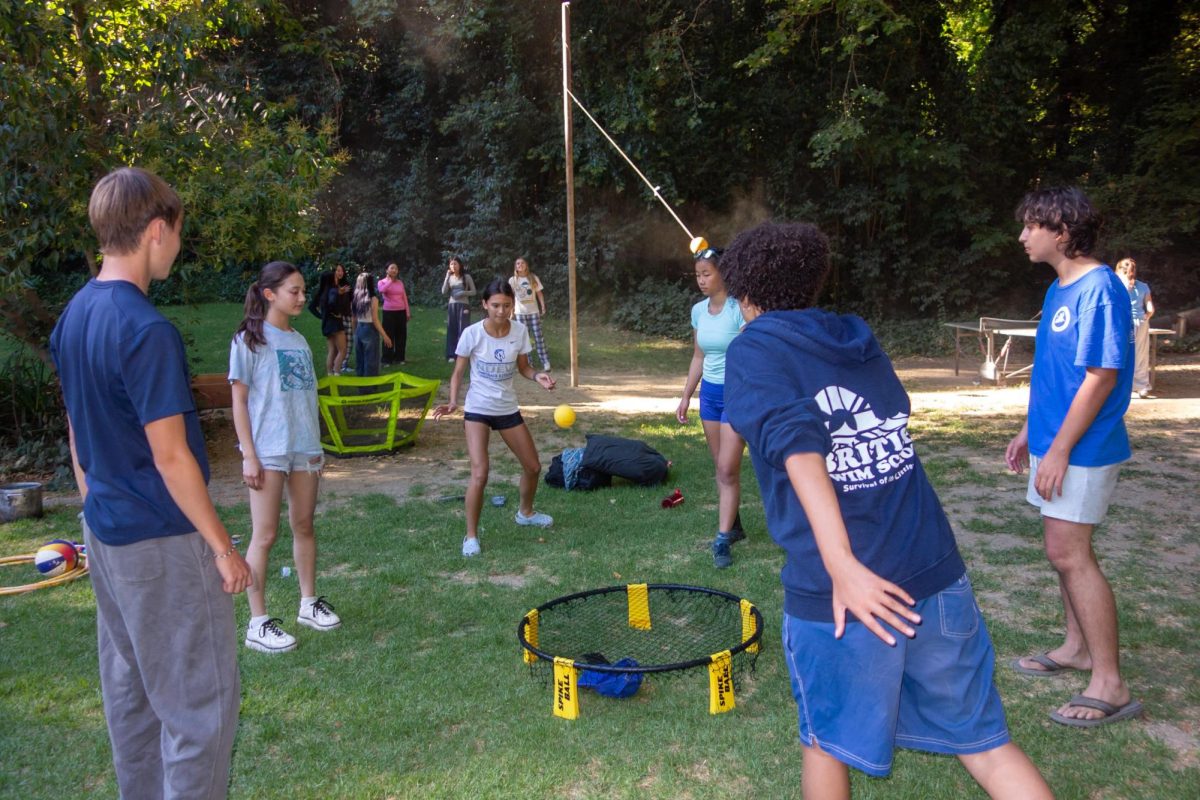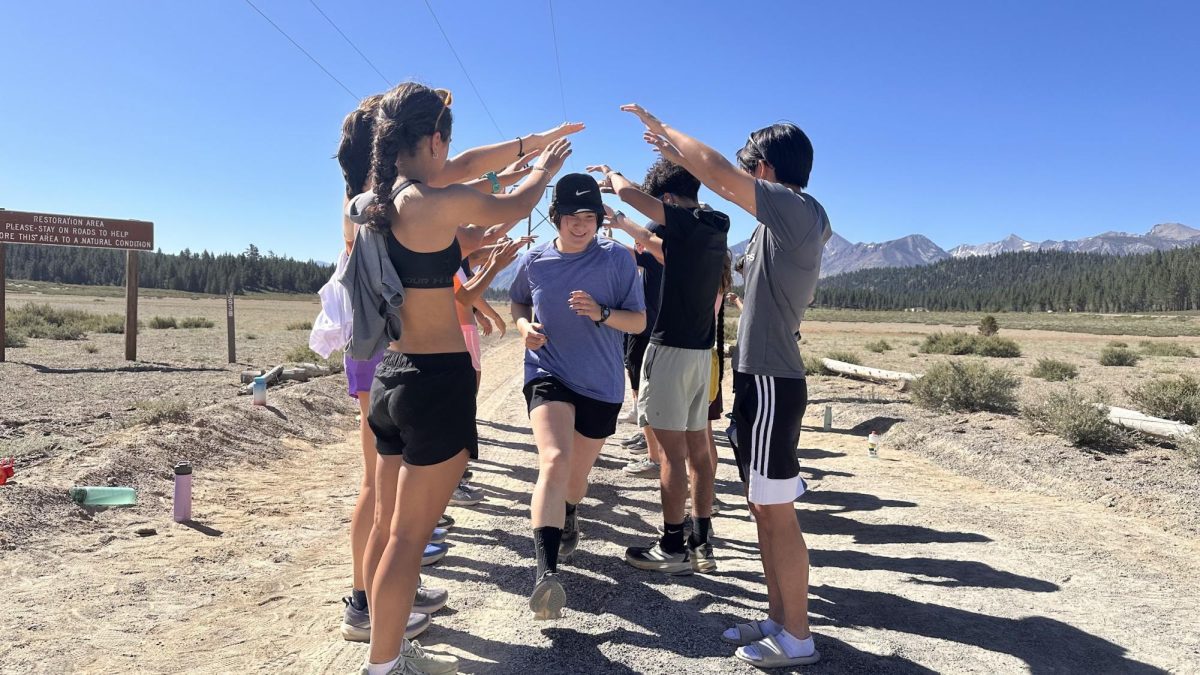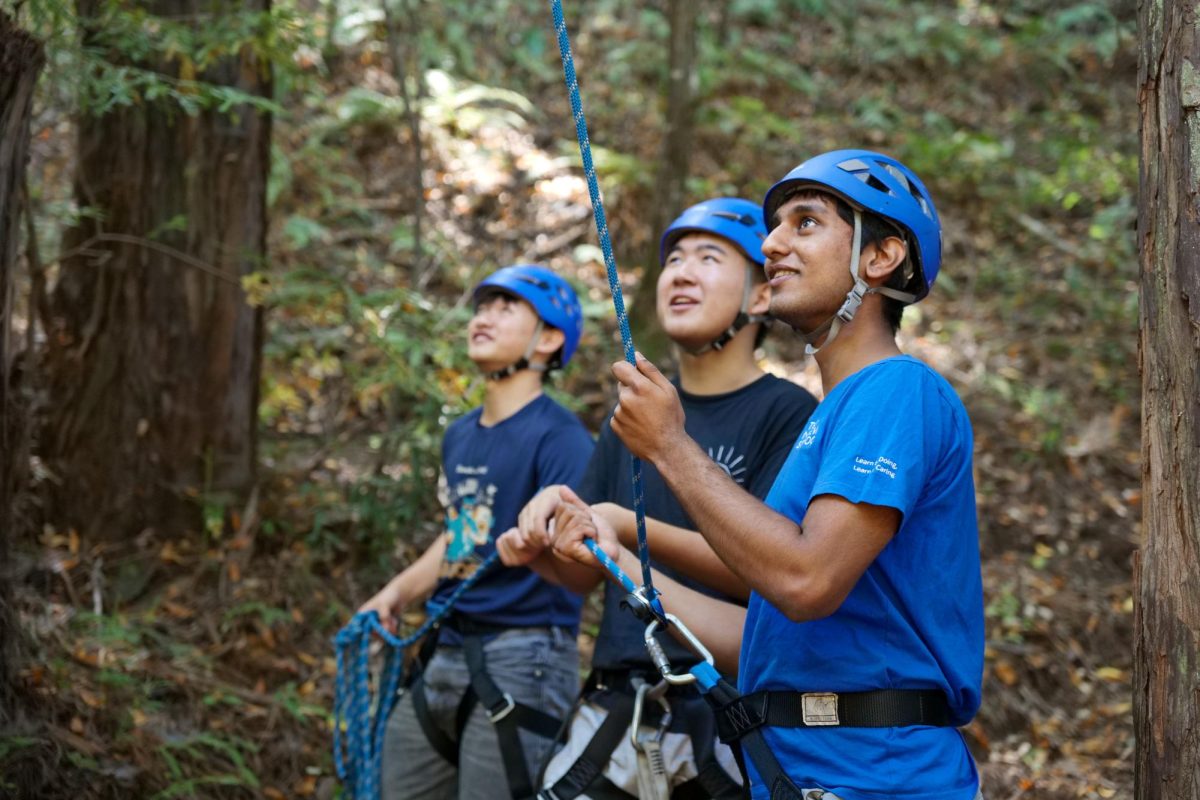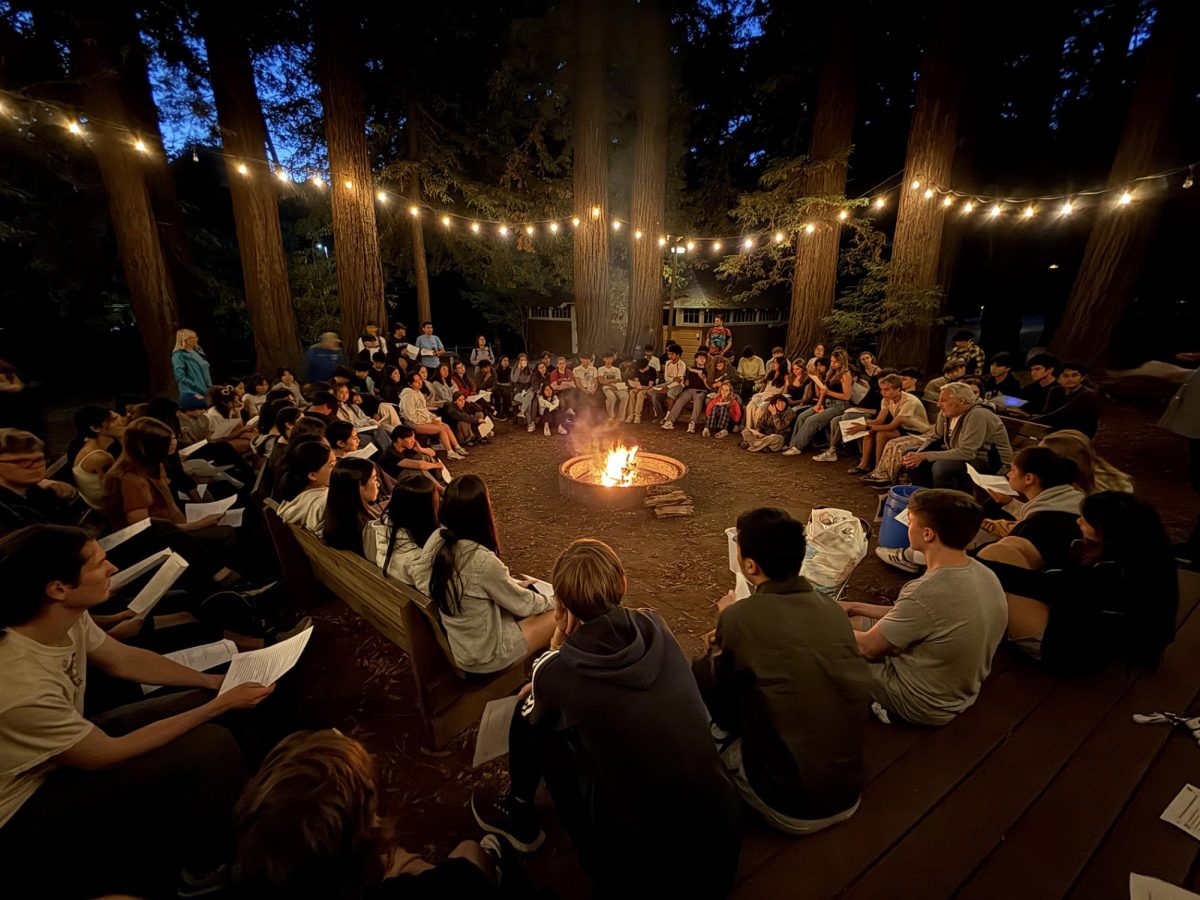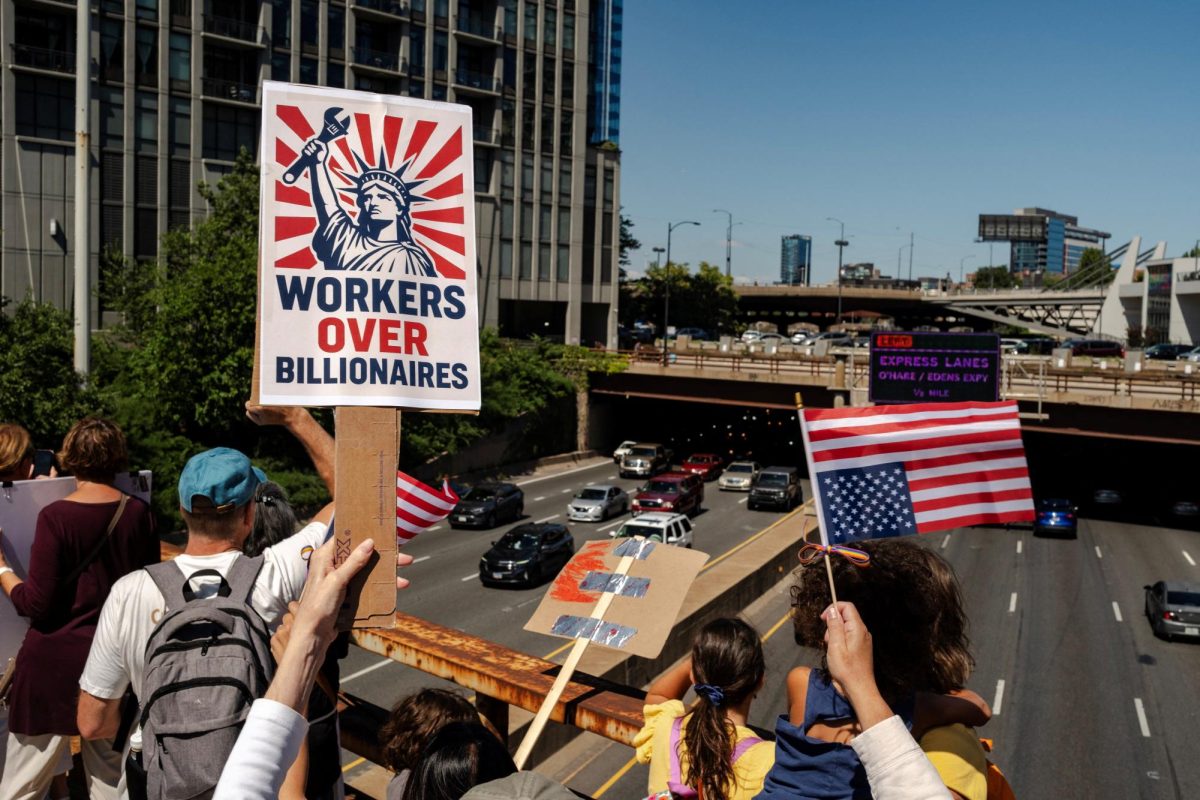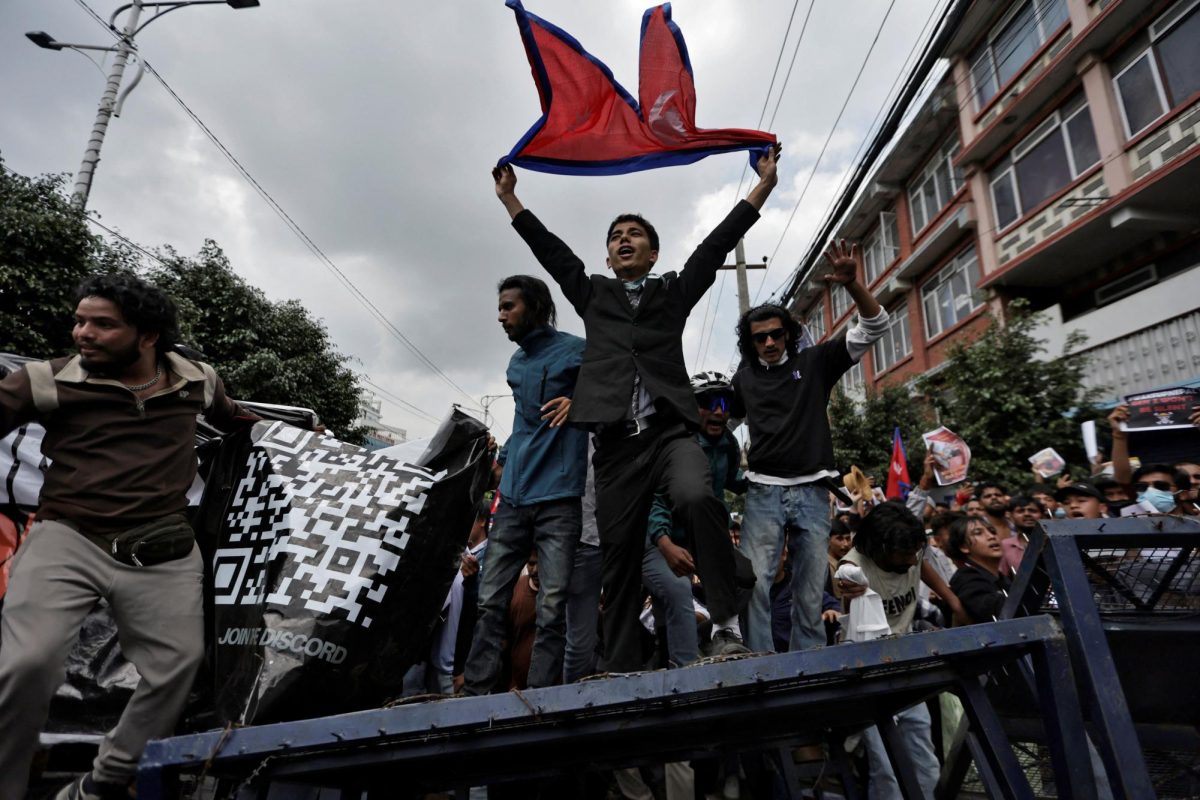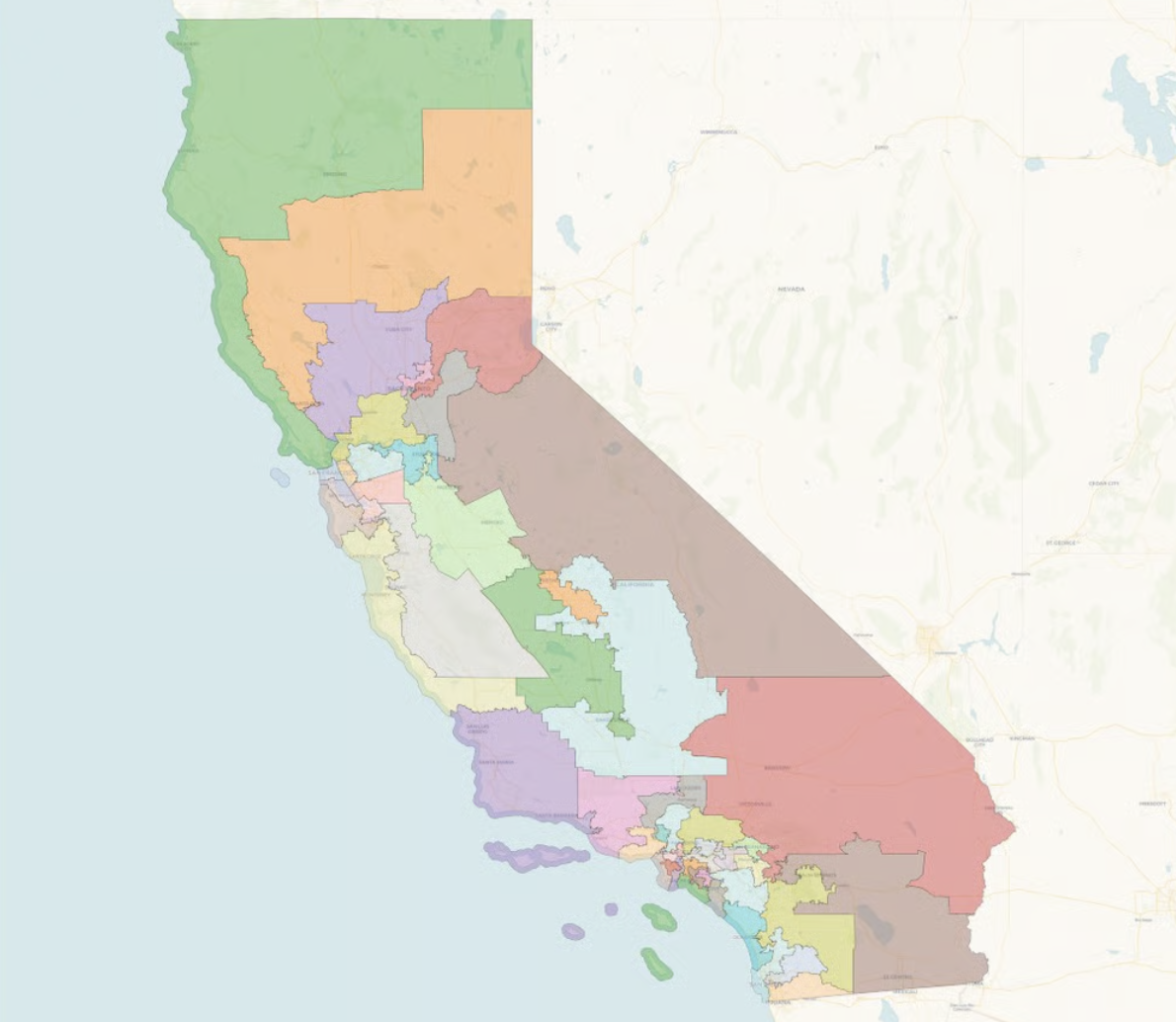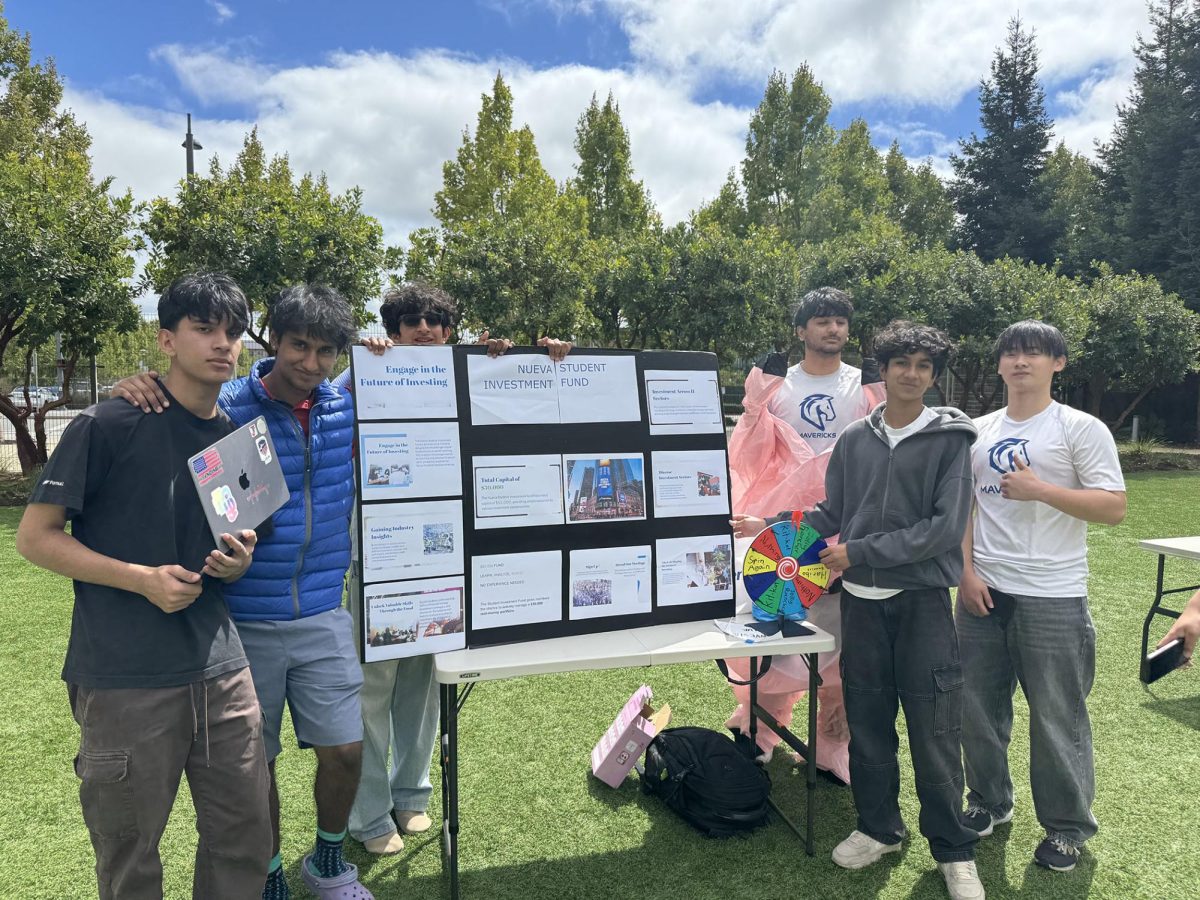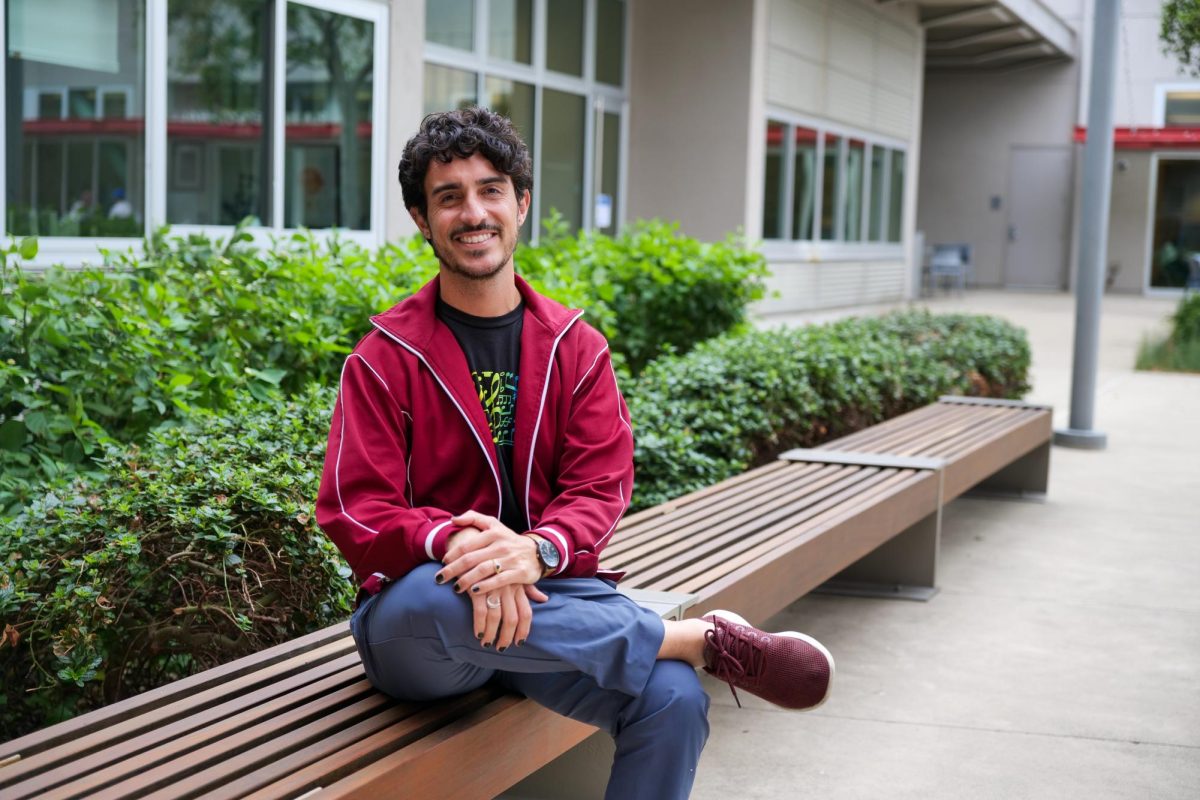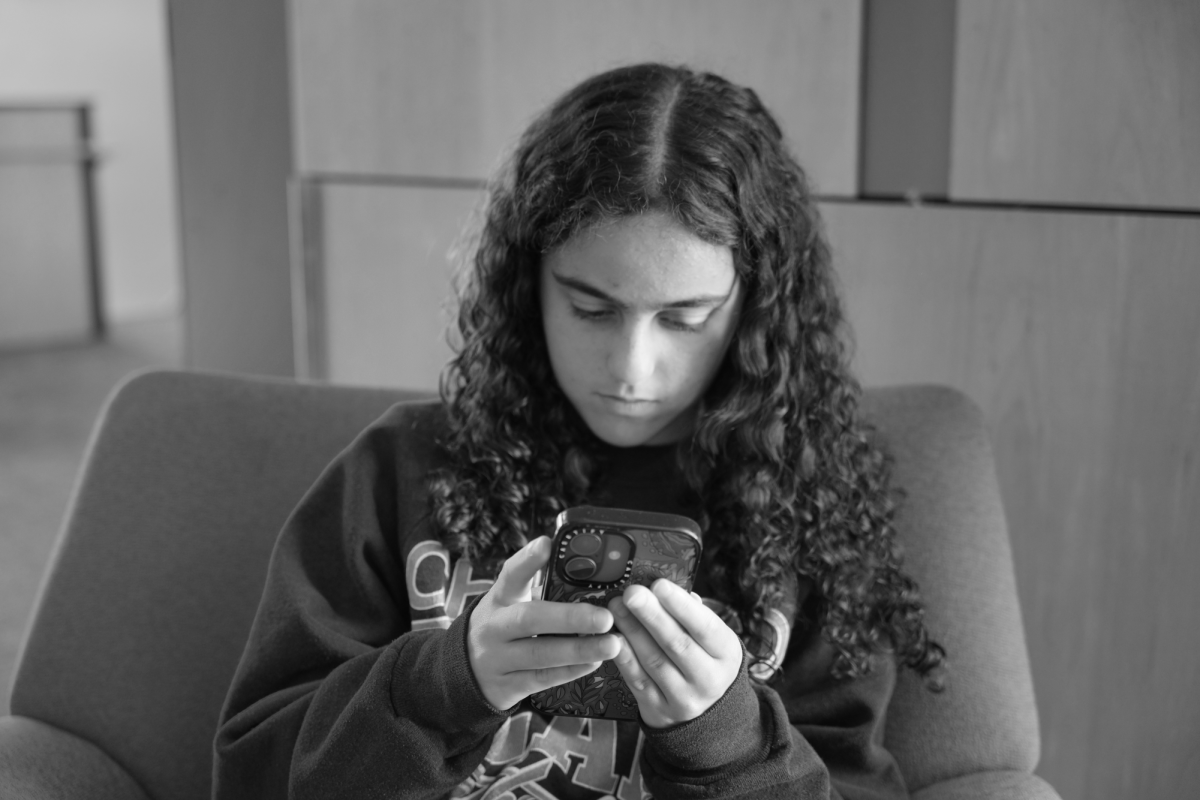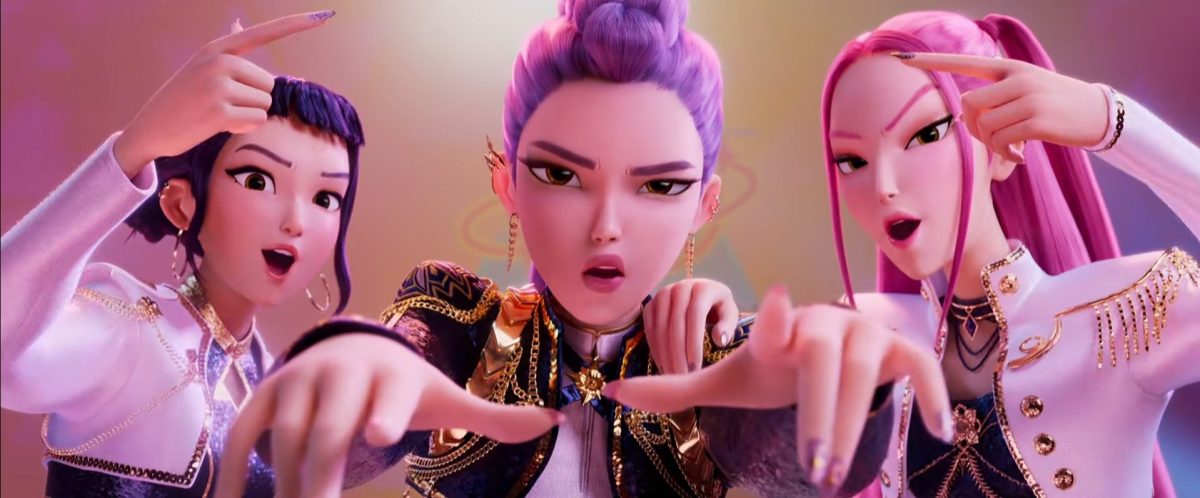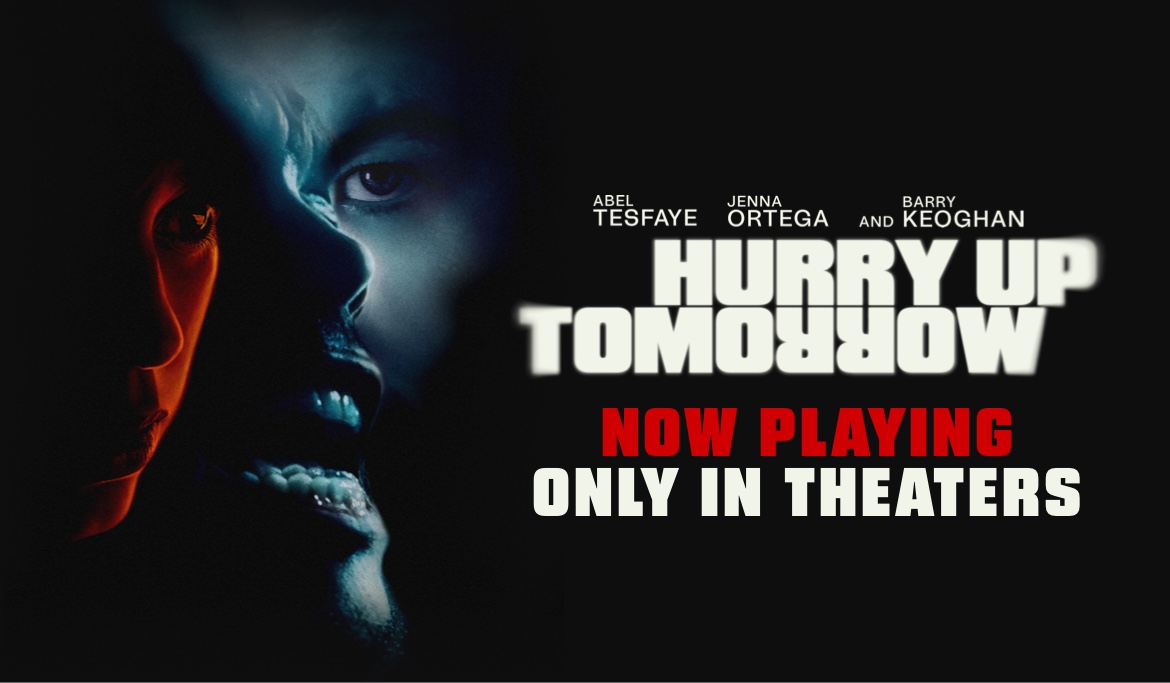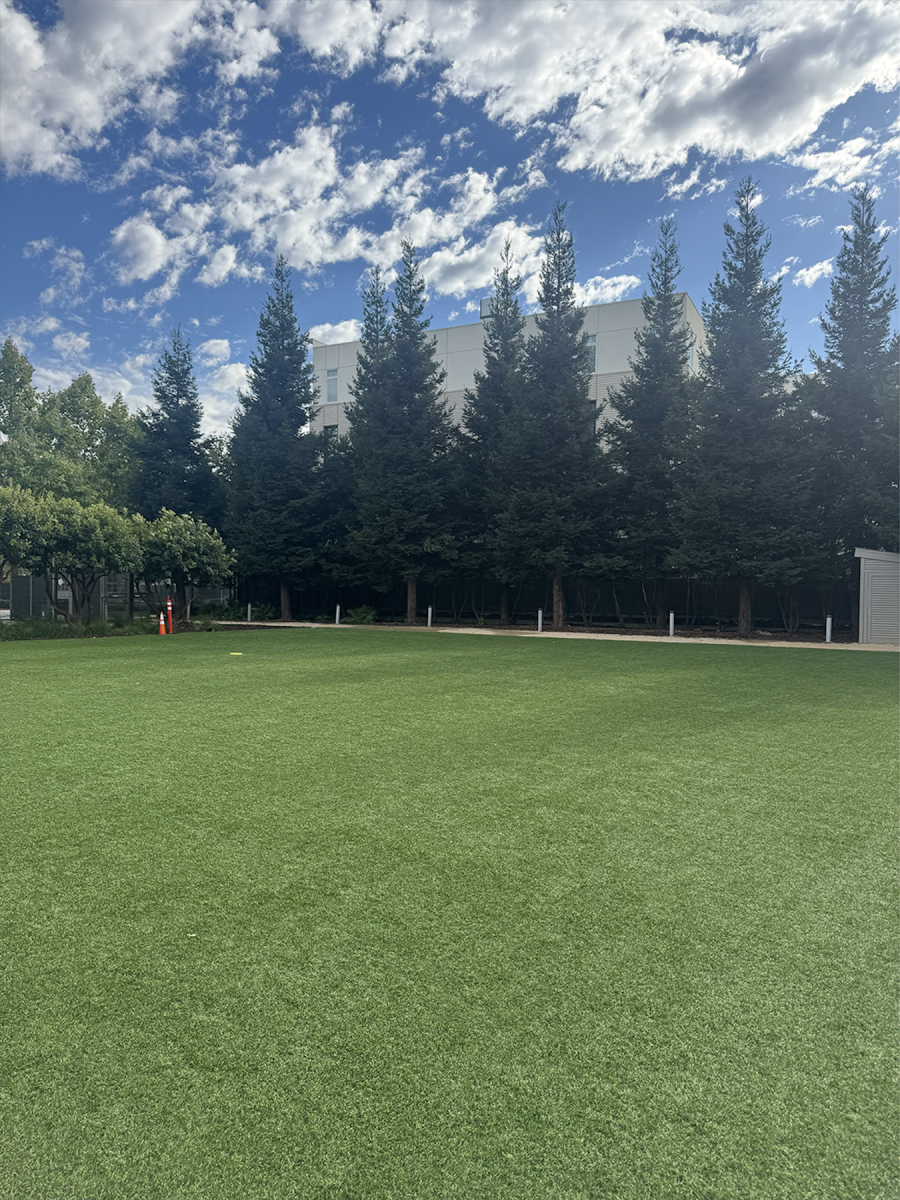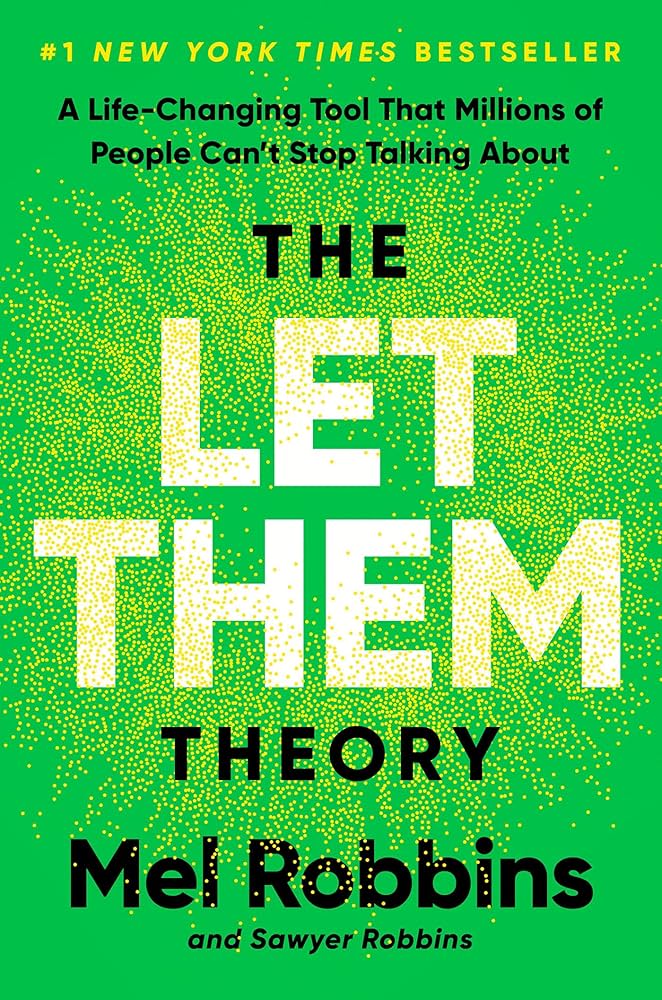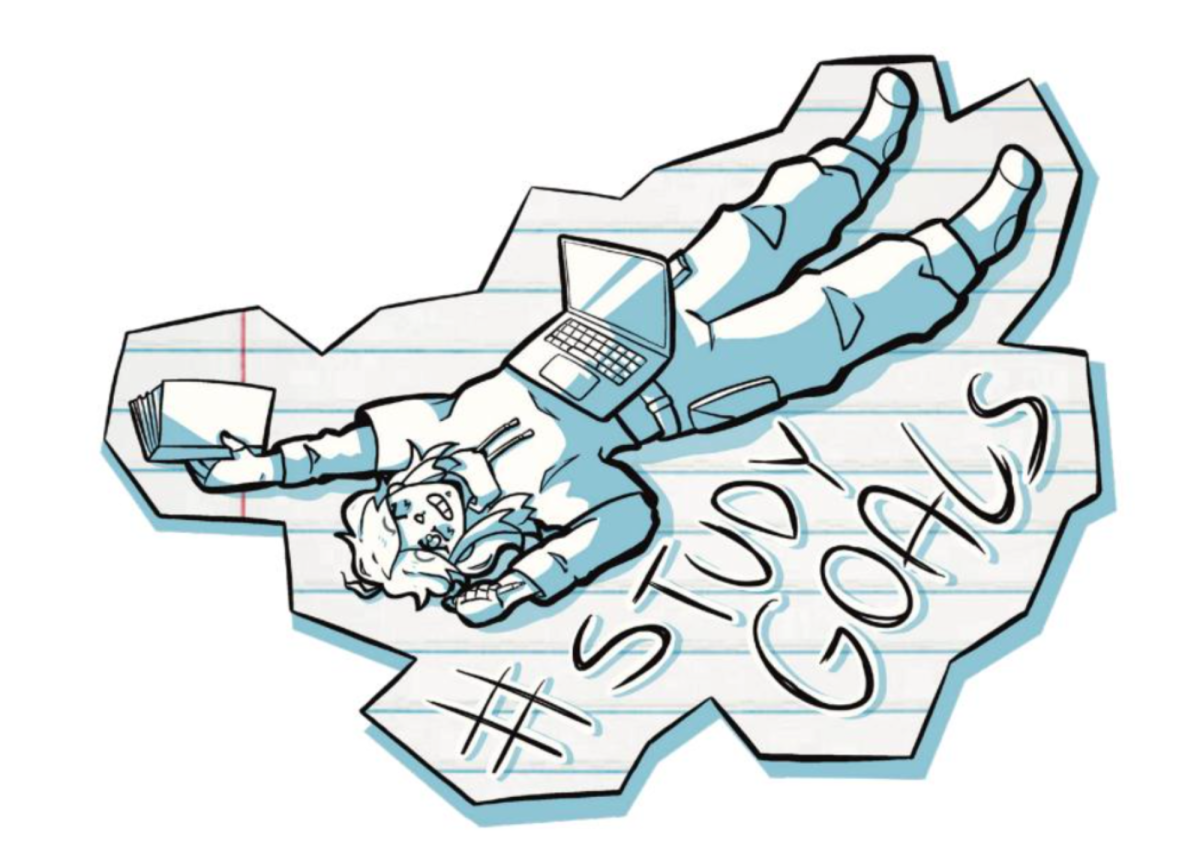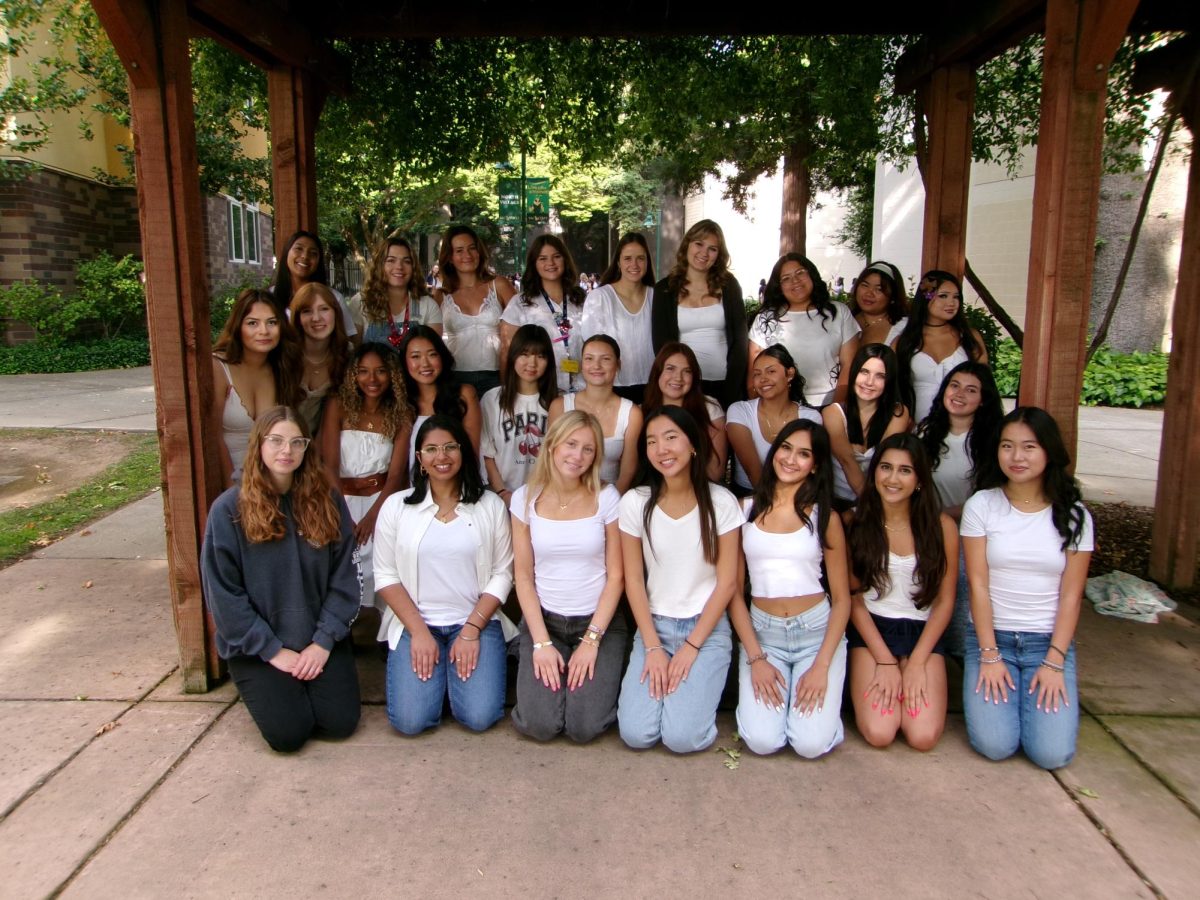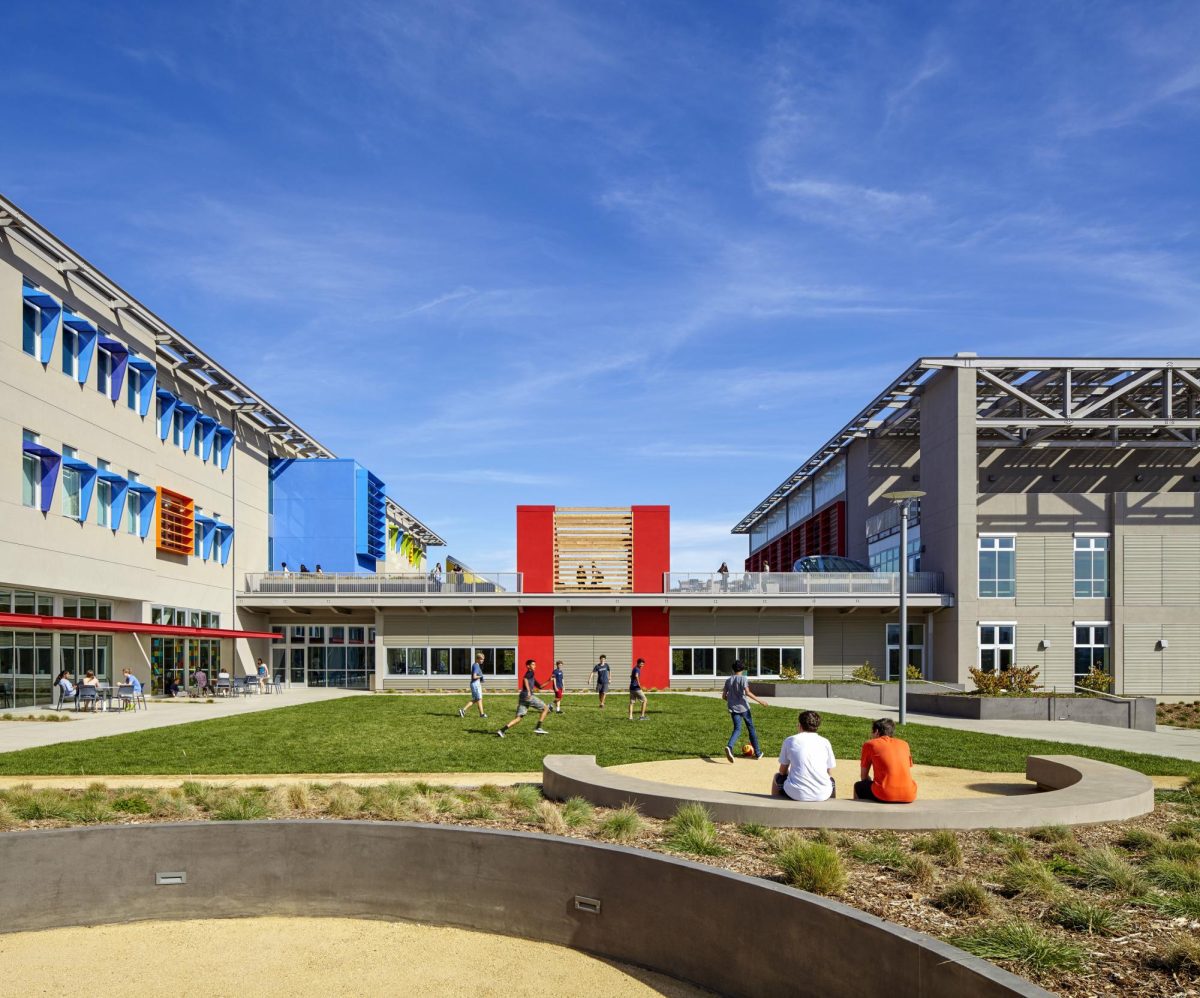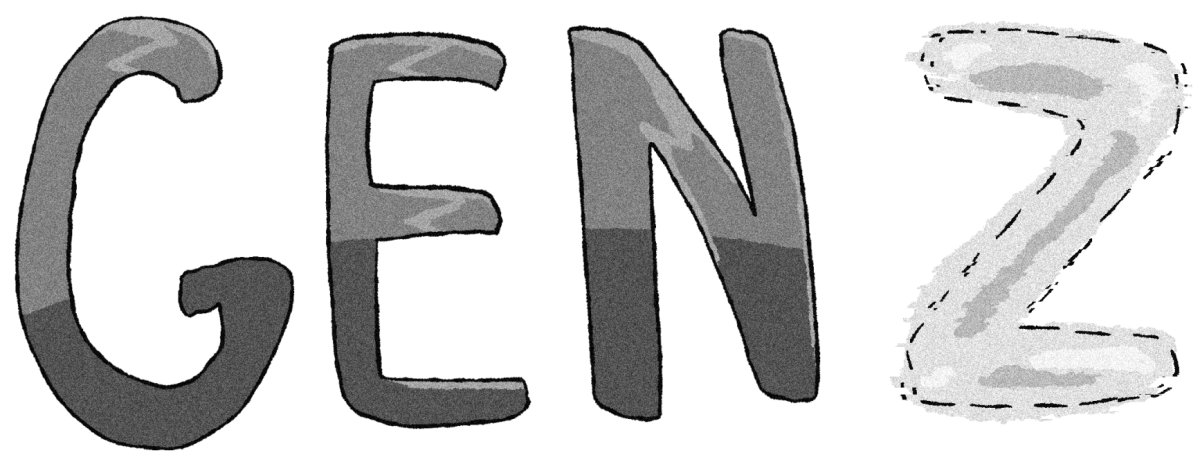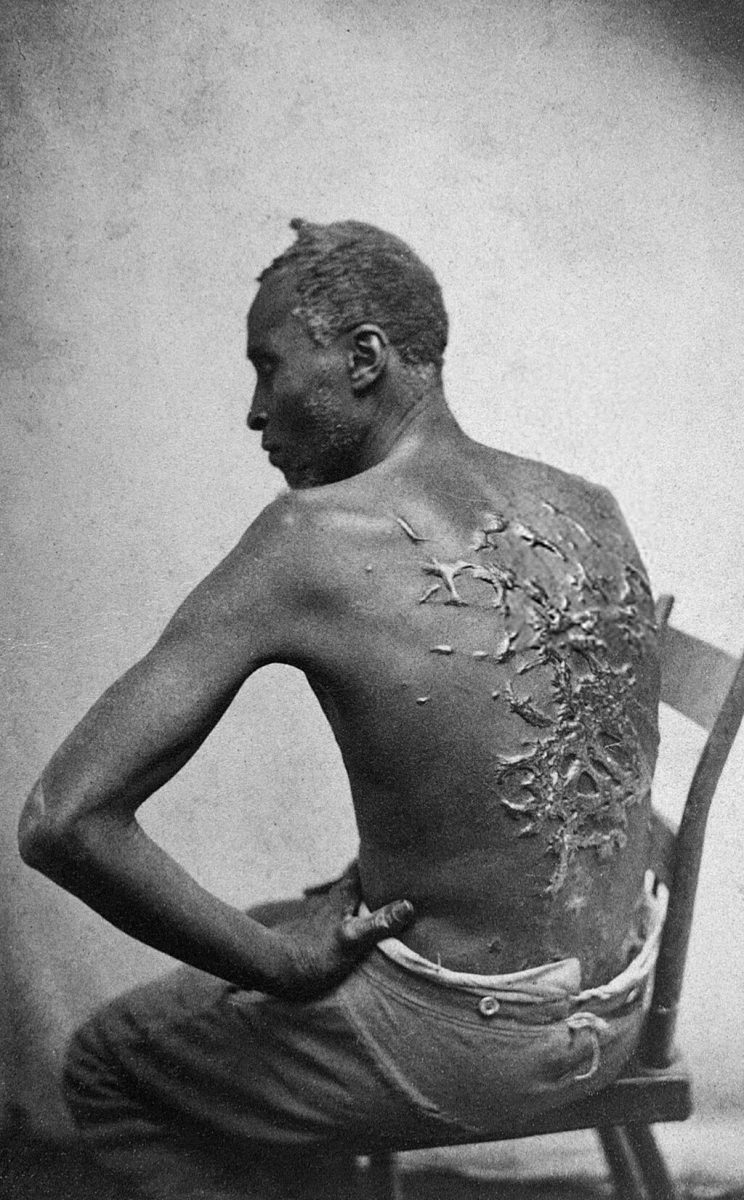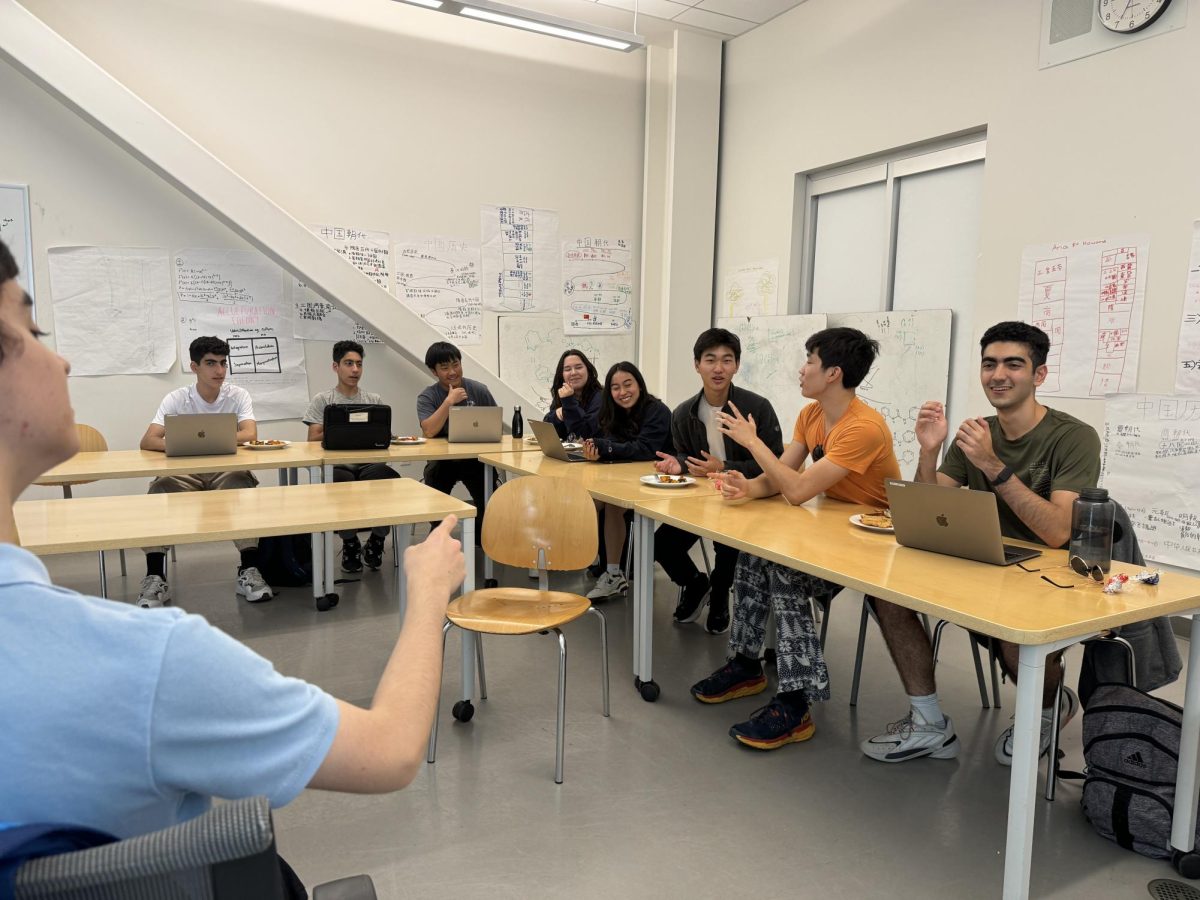On September 8, Nepal saw thousands of young people flooding streets, demanding accountability from a government long criticized for corruption and nepotism.
The national outrage among youth exploded after the government banned 26 social media platforms, including WhatsApp, Instagram, and YouTube. Many of the demonstrations quickly turned violent, with protestors setting both the national parliament and presidential residence on fire.
Reports indicate that over 2,100 people were injured and at least 72—which includes protestors, police, and escaped prison inmates—died in the demonstrations as security forces responded with live ammunition, tear gas, and batons.
Their protests led to the resignation of Prime Minister K. P. Sharma Oli, leader of the democratically-elected Communist Party, and the installation of an interim leadership. During the transition, young activists took the unprecedented step of using Discord, an online messaging platform, to organize: servers led by groups like Hami Nepal became virtual parliaments where participants debated policies, planned actions, and even conducted polls to select leadership.
This digital movement culminated in the interim appointment of Sushila Karki, a former chief justice known for her impartiality, as the country’s first female prime minister. Her appointment was endorsed by both the protest leaders and the military, which had announced it would “take charge” of the country to quell the protests.
“Social media took a message quickly and broadly to people, and the leadership generation was caught by surprise,” said Barry Treseler, who teaches the International Relations elective at the Upper School.
He added that the protests also reflected “a level of generational frustration,” driven by limited educational opportunities, economic uncertainty, and the government’s struggle to respond to natural disasters.


